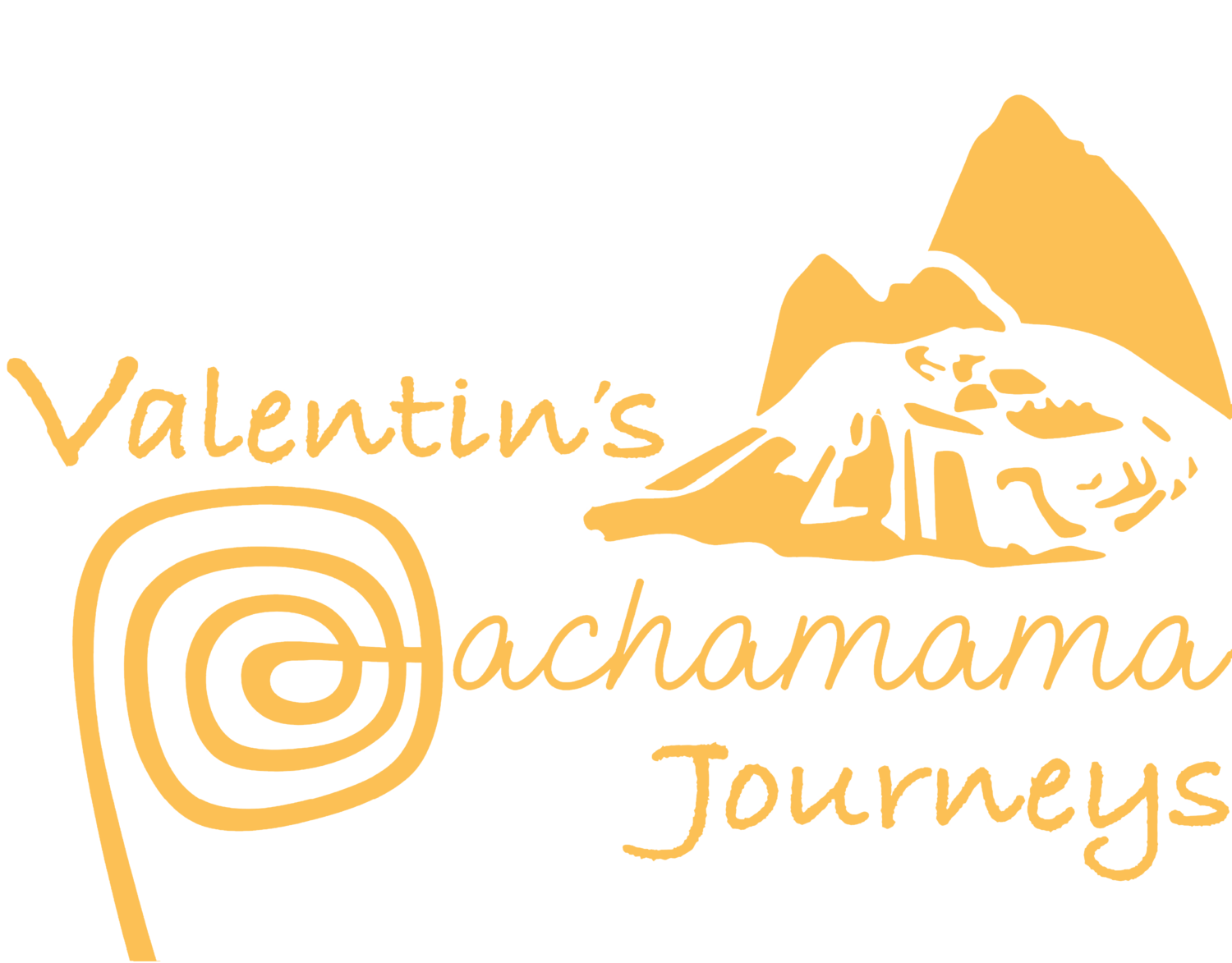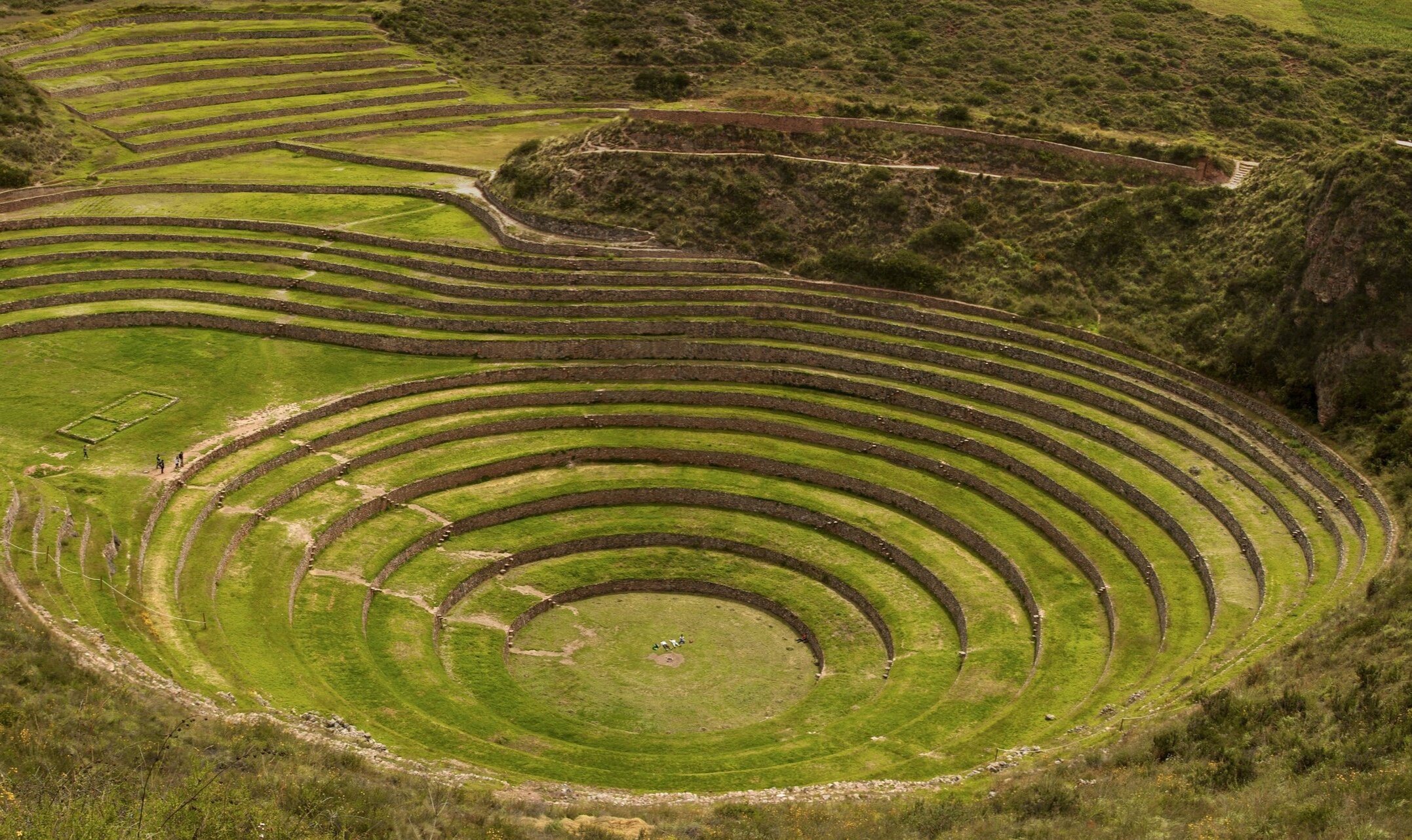Visiting Machu Picchu: The Best Trips and Tours
A visit to Machu Picchu is a once-in-a-lifetime trip; that’s why our quick travel guide to the various options ensures you book the best tour.
Below is information about this history, geography, and weather for Machu Picchu, as well as a selection of travel styles.
Introduction to Machu Picchu
Machu Picchu is located in the most impressive environment, high above the Urubamba River, in the middle of a tropical mountain forest. It is really the most impressive and fantastic creation of the Inca empire of the fifteenth century. It does not matter to compare photos that I have seen of the citadel, nothing compares with visiting the site and feeling and seeing the original Inca stonework while learning all about Inca construction techniques, history, religion, astronomy, and culture.
How to get to Machu Picchu
Everyone who visits Machu Picchu needs to buy an entrance ticket, which we include in our trip prices.
Many people take the train from Cusco or Ollantaytambo, through the Sacred Valley, to Aguas Calientes, the town at the foot of Machu Picchu. You can overnight here or do the tour the same day. The train option is perfect for those short on time or who want a more relaxed journey.
The world-famous Inca Trail is a 4 or 5-day hike through the Andes to the Sun Gate of Machu Picchu. The route is lined with Inca ruins and history as well as beautiful, high mountains. Accommodation is camping and this is the best trip for hikers looking for an adventure. You need a permit to hike the Inca Trail. Spaces are limited and sell out 4-7 months in advance, so get in touch as soon as you can.
The 2-day Inca Trail gives a taste of the longer hike without the need to camp. A full-day walking from KM104 takes you to the Machu Picchu ruins. You sleep in Aguas Calientes and then tour the site the next day. This is popular with families as well as people who enjoy day walks.
The area is full of excellent alternative treks, too. These vary from 3-7 days with a wide range of difficulties. Options include the big mountain trek of Salkantay, the weaving area of Lares, and the Choquequirao walk.
Don’t forget to read our FAQs, covering altitude, money, COVID, and more.
Machu Picchu Day Trips (1 day)
Travel from Cusco, Sacred Valley or Aguas Calientes and visit Machu Picchu.
Machu Picchu & Sacred Valley (2-4 days)
Explore Cusco and the Sacred Valley before your trip to the magical Machu Picchu.
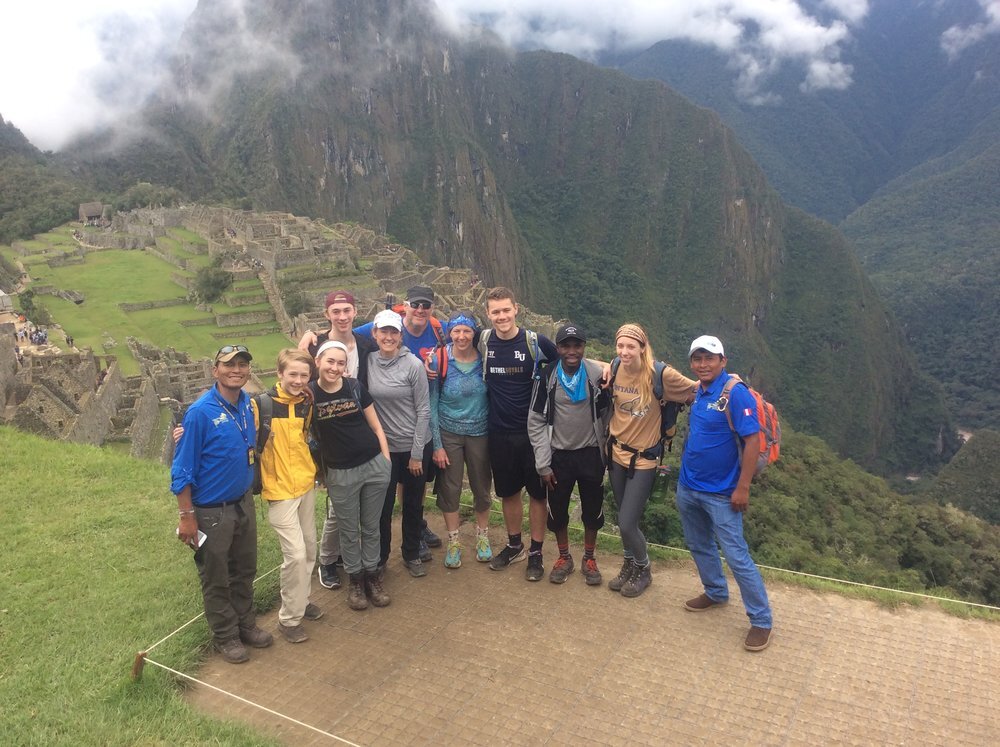
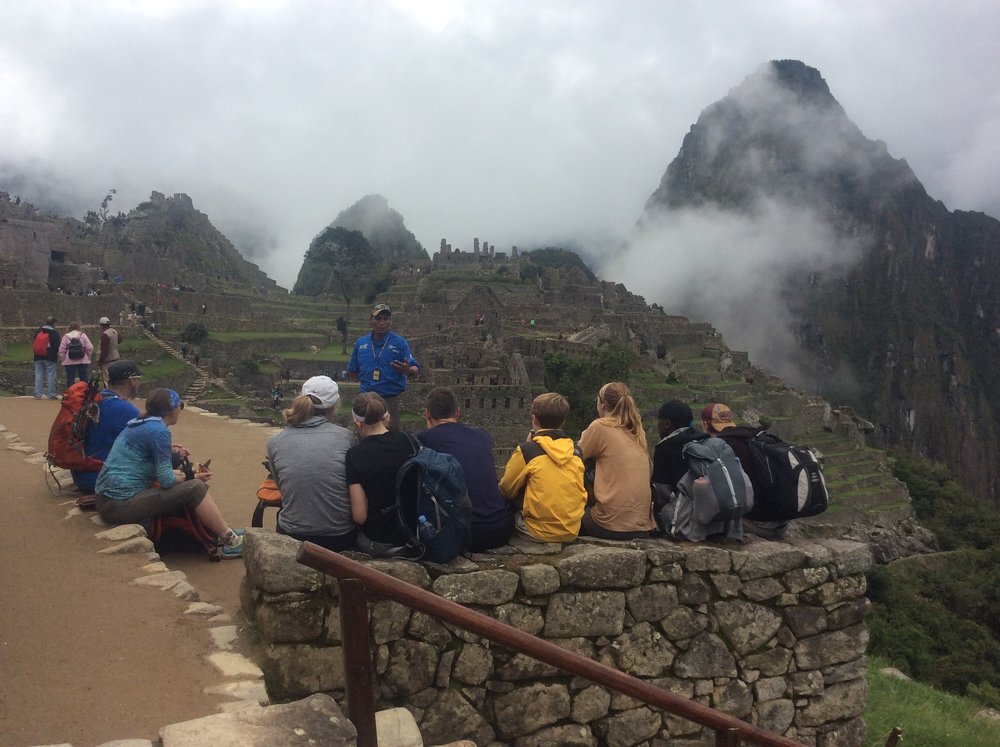
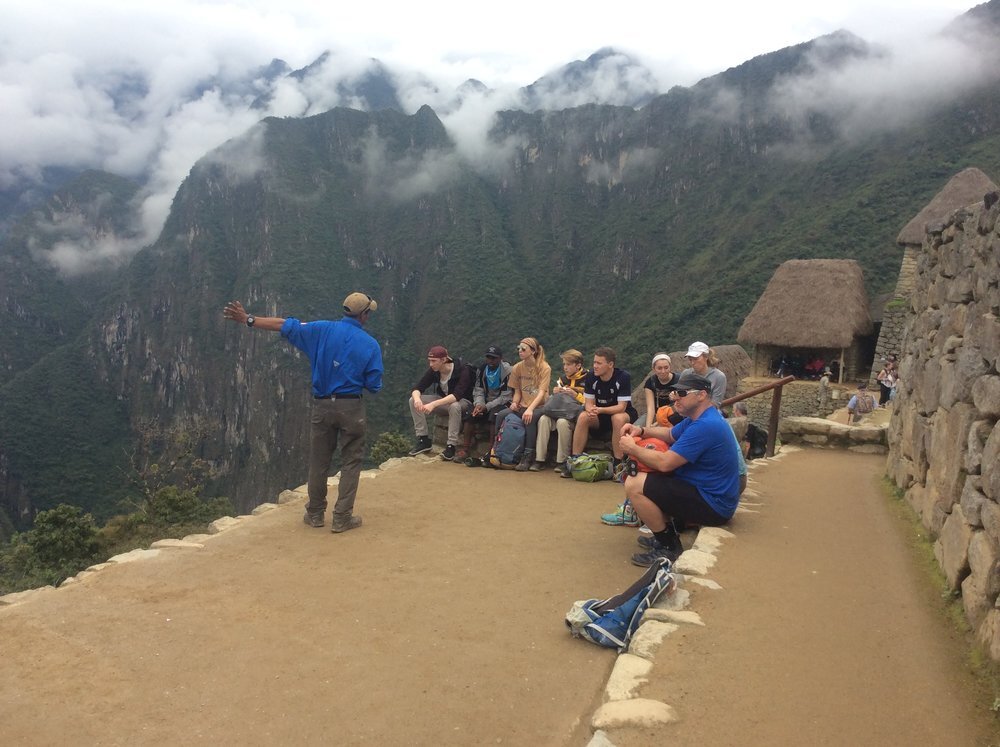
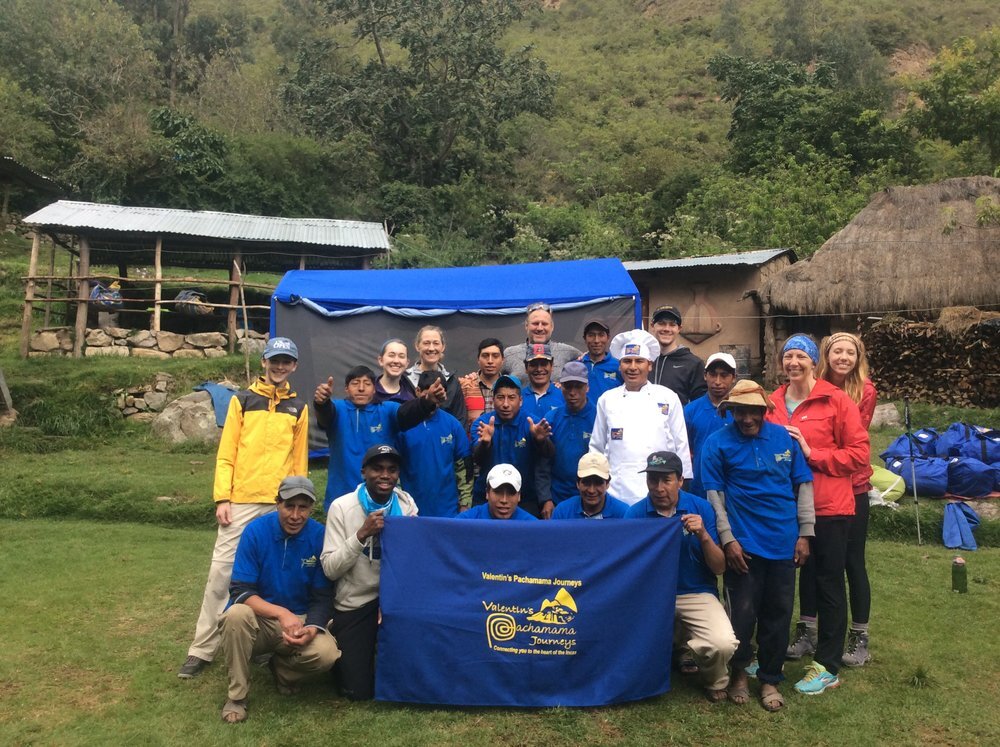
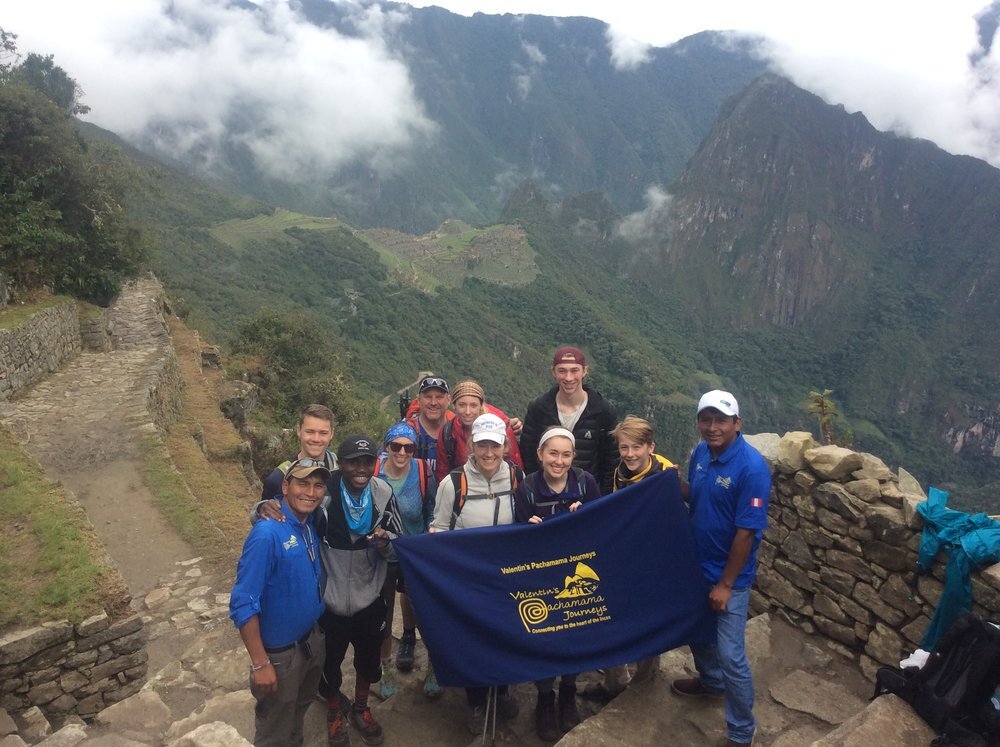
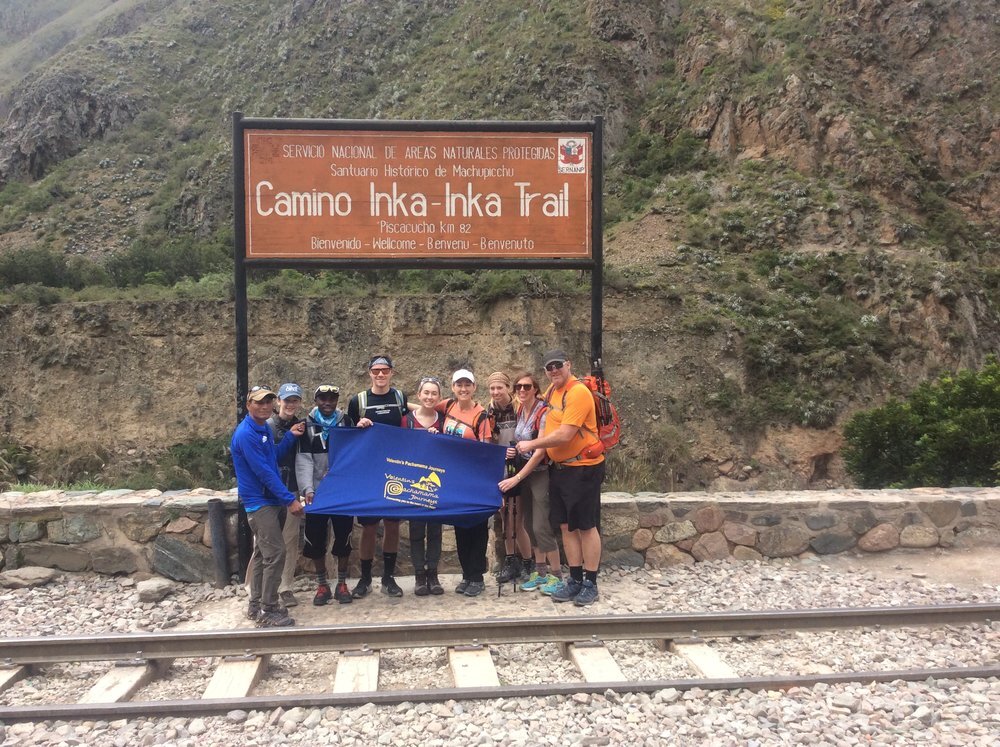
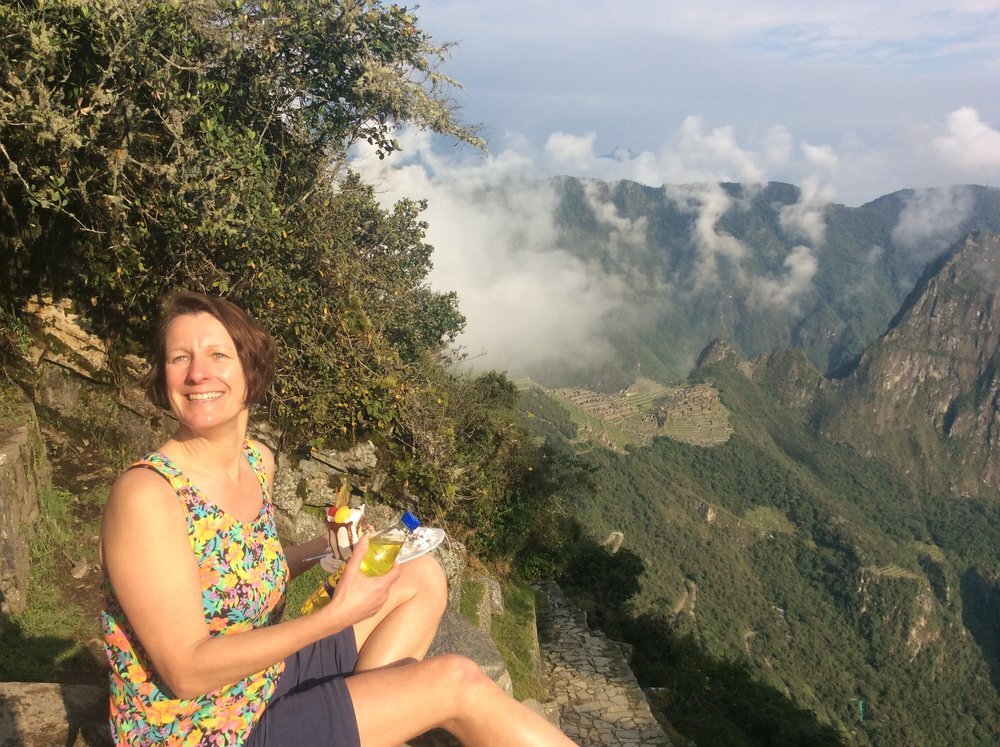
History of Machu Picchu
Often called the ‘Lost City of the Incas’, Machu Picchu was built in the 15th century by Inca Emperor Pachacuti. It was abandoned around 1550, at the time of the Spanish conquest.
The Spanish never discovered Machu Picchu (Machu Pikchu in Quechua) and the Lost City moniker stuck. It remained unknown to the outside world until 1911.
That year, local indigenous farmers led American historian Hiram Bingham to the ruins. Bingham published his findings from his explorations and Machu Picchu wen global.
Geography of Machu Picchu
Machu Picchu lies 50 miles northwest of Cusco. It is usually accessed by train via the Sacred Valley or by hiking the Inca Trail or other alternative hikes in the area.
The ruins sit at an altitude of 2,430m / 7,970 ft. on a mountain ridge that forms part of the Eastern Cordillera of southern Peru.
At its feet lies the Urubamba river, which cuts a canyon through the Cordillera.
Access to the ruins is either by foot via the Sun Gate or by taking a bus from Aguas Calientes to the entrance.
Climate of Machu Picchu
Machu Picchu has a subtropical highland type of climate, with temperatures mainly in the temperate range.
It has wet and humid summers (Oct-March) and dry and frosty winters (May-Sept). At any time of year, it is common to see morning mist rising from the river Urubamba.
Much of the surrounding area is cloud forest, bringing mist and occasional afternoon rains at any time.
About the ruins at Machu Picchu
Machu Picchu was declared a Peruvian Historical Sanctuary in 1981. Two years later, in 1983, it was given UNESCO World Heritage Site status.
More recently, in 2007, Machu Picchu was voted one of the New Seven Wonders of the World in an Internet poll.
Many of the ruins have been restored since its discovery in 1911. Machu Picchu was built in the classical Inca style, with dry-stone walls that were polished.
The main buildings of interest are the Temple of the Sun, the Room of the Three Windows, and Intihuatana. The iconic picture at the ruins usually shows cheery visitors with the ruins and then Huayna Picchu mountain in the background.
Sites visited at Machu Picchu
All our Machu Picchu tours include visits to the highlights: the Temple of the Sun, Intihuatana, the Sun Gate, or the Inca Bridge.
We can also arrange permits (limited) to walk to Huayna Picchu and Machu Picchu mountains – please ask for more.
Machu Picchu ruins, with Huayna Picchu in the background
